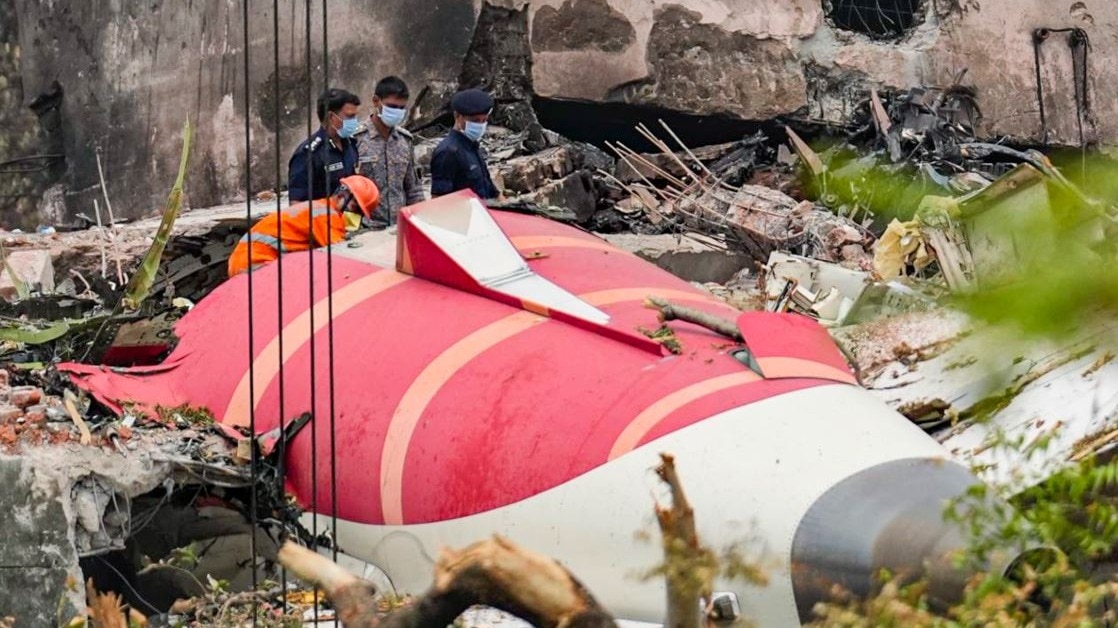India will send the black box of the crashed Air India flight to the US for analysis. The Digital Flight Data Recorder (DFDR) will be extracted at the National Safety Transport Board (NTSB) in Washington.
The recorder sustained heavy external damage, making it impossible to extract the data in India. While India’s Aircraft Accident Investigation Bureau had established a laboratory at its Delhi headquarters last year, it is does not have the capacity to extract data from recorders that have sustained such heavy damage.
The NTSB team will carry the recorders to their lab under protection and supervision from Indian officials to ensure that proper protocols are followed. The data will then be shared with AAIB.
UK’s Air Accidents Investigation Branch will also be present there as 53 British citizens were among the deceased passengers.
Since the recorder has been damaged, the chip will need to be extracted by removing the memory board to prevent further damage to data. The electronic circuit will also be assessed for damage.
Investigators are examining several possibilities, including whether the flaps on the wings were properly extended and why the landing gear was deployed. They are also investigating potential electronic failure or fuel contamination that could have caused the engines to shut down.
The 787 aircraft is designed with multiple redundancies, meaning critical components and systems are duplicated to enhance reliability and ensure fail-safe operation. The aircraft can fly for 345 minutes on a single engine, even with multiple system failures.
The pilot sent a single emergency Mayday call, which was the final radio message. He did not respond to air traffic control after that, said Samir Kumar Sinha, secretary of the civil aviation ministry.
The Aircraft Accident Investigation Bureau (AAIB) has not yet formed an investigation panel to determine the cause of the incident. It has one month to submit a preliminary report.







